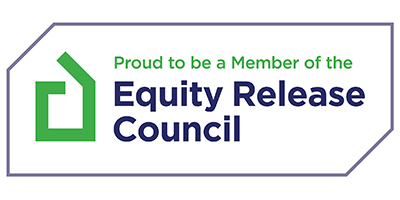In this article
Commercial bridging loans offer a fast-lending solution for property transactions, typically spanning from 6 to 36 months (about 3 years). They are designed to bridge the gap between immediate financial needs and securing a more permanent funding solution, such as a mortgage.
This article explores the key aspects of commercial bridging loans, their uses, application processes, and advantages and disadvantages.
Key Features of Commercial Bridging Loans
A commercial bridging loan is characterised by its short-term nature, rapid approval process, and flexible repayment terms. Unlike traditional loans, bridging loans offer:
- Fast and Responsive Service – Approval and funding can occur within weeks.
- Commercial and Residential Security – Suitable for various property types, including commercial and semi-commercial.
- Guaranteed Low Rates – Competitive interest rates despite the short-term nature.
- Flexible Payment Options – Often, no monthly payments are required, with the total amount due at the end of the term.
Common Uses for Commercial Bridging Loans
Commercial bridging loans are versatile and can be utilised for various purposes, including:
- Property Development Projects – Funding for renovations or new developments. Light or heavy refurbishment works.
- Auction Purchases – Quick access to funds for property bought at auction, which typically require completion within 28 days (about 4 weeks). A commercial mortgage will take 3 to 6 months to complete meaning any deposit and any fees paid could be lost if the deadline were not met.
- Expanding Business Premises – Purchasing a new office or expanding existing premises. With fast finance in place, a business could get the forefront over a competitor when time is critical.
- Cash Flow Management – Resolving temporary cash flow issues or paying unexpected expenses like tax bills or machinery.
- Buying Out a Partner – Raising funds to buy out a business partner quickly for one reason or another.
- Re-bridging – Refinancing an existing bridging loan. Please note that this is on a case-by-case basis and lenders are very reluctant to do this more than once.
Eligibility Criteria
To qualify for a commercial bridging loan, lenders typically consider:
- Creditworthiness – While bad credit does not automatically disqualify you, it can affect the terms offered as the risk is higher for the lender.
- Collateral Value – The value and type of property or asset offered as security. Lenders will consider how likely they are to get their money back in the event of a fast repossession. Bespoke properties may be harder to work with.
- Business Financials – The financial stability and history of the business. Your accounts and trading history will play a large part of your application. How long you have been trading, your balance sheet, profit and loss, and your company credit worthiness will be considered.
- Exit Strategy – A clear plan of how the loan will be repaid. This can often be from the sale of the property, repayment via a mortgage, or something else. If you are planning to do a refurbishment project, your lender will want to see a schedule of works.
Application Process
Applying for a commercial bridging loan involves several steps:
- Initial Enquiry – Check eligibility and understand the requirements.
- Documentation – Provide business financials, property details, and exit strategy.
- Valuation – An independent valuation of the collateral.
- Approval and Funding – If approved, funds are typically available within a few weeks.
Speak to an Advisor – It’s Free!
Schedule a free callback from one of our experts today.
- All situations considered
- Transparent and honest mortgage advice
- We search 1000s of purchase and remortgage deals
Our customers rate us 4.9/5
Advantages and Disadvantages
Advantages:
- Quick access to funds which is Ideal for urgent financial needs.
- The flexible terms can provide tailored repayment options.
- Diverse use to offer a fast solution to various business scenarios.
Disadvantages:
- Higher interest rates compared to traditional loans; rates are higher due to the short-term nature.
- The risk of collateral loss is high as the failure to repay can result in losing the secured property.
- A short repayment period requires a solid exit strategy.
Types of Commercial Bridging Finance
There are two main types of commercial bridging finance. Commercial Occupier Loans cater to business owners who need to purchase new premises or quickly raise funds on a property they plan to occupy.
Commercial Investor Loans are designed for investors aiming to buy, remortgage, or raise money against an investment property.
Bridging Loan Advice
Commercial bridging loans offer a flexible and rapid funding solution for various business needs. Whether you are looking to invest in property, manage cash flow, or expand your business, understanding the features, benefits, and application process can help you make an informed decision.
If you need personalised advice, consider speaking with an independent mortgage broker that specialises in commercial bridging to explore your options.







